Pot for Snake Plant?
gardenwolverine
last year
Featured Answer
Sort by:Oldest
Comments (13)
tapla (mid-Michigan, USDA z5b-6a)
last yearlast modified: last yearken_adrian Adrian MI cold Z5
last yearRelated Professionals
Canton Landscape Architects & Landscape Designers · Dudley Landscape Contractors · Hurricane Landscape Contractors · Windham Landscape Architects & Landscape Designers · Garden City Landscape Architects & Landscape Designers · Manhattan Beach Landscape Architects & Landscape Designers · Stamford Landscape Contractors · Petaluma Landscape Contractors · Salem Landscape Contractors · Eagle River Window Contractors · Lake Arrowhead Window Contractors · Fairland Window Contractors · Cartersville Fence Contractors · Sun City Center Landscape Contractors · Maplewood Landscape ContractorsTiffany, purpleinopp Z8b Opp, AL
last yeargardenwolverine
last yeargardenwolverine
last yearpopmama (Colorado, USDA z5)
last yeargardenwolverine
last yearlast modified: last yearhc mcdole
last yearTiffany, purpleinopp Z8b Opp, AL
last yeartapla (mid-Michigan, USDA z5b-6a)
last yeargardenwolverine
last yeartapla (mid-Michigan, USDA z5b-6a)
last year
Related Stories
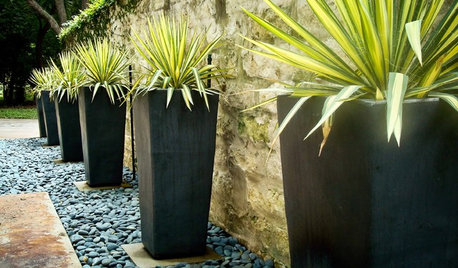
CONTAINER GARDENSWant Compelling Garden Minimalism? Think One Plant, One Pot
Highlight a show-worthy stunner or elevate a pedestrian plant by giving it a solo starring role in the garden
Full Story
CONTAINER GARDENSContainer Garden Basics: How and When to Water Potted Plants
Confused about soil moisture, the best time to water and what watering device to use? This guide can help
Full Story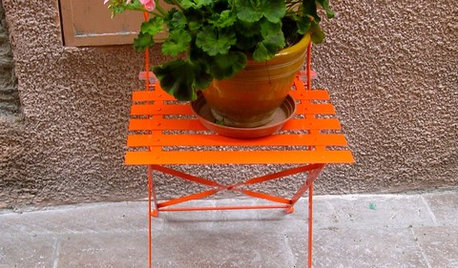
GARDENING AND LANDSCAPINGPotted Plants Perk Up the Streets of Coastal France
Dotting a stairway or perched on a café table, plants in colorful pots and vibrant flowers make a picturesque scene in a town on the coast
Full Story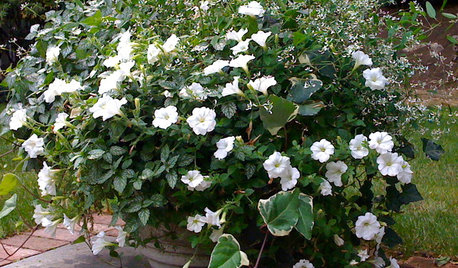
GARDENING GUIDES11 Perfect Plants for a Moonlit Garden — in Pots
Create an alluring after-dark aura on a patio or deck with container plants that glow white under the stars
Full Story
CONTAINER GARDENSSolve Your Garden Border Dilemmas With Planted Pots
Set your containers free from the patio — placed among plantings in the ground, they fill unsightly gaps, let you experiment and more
Full Story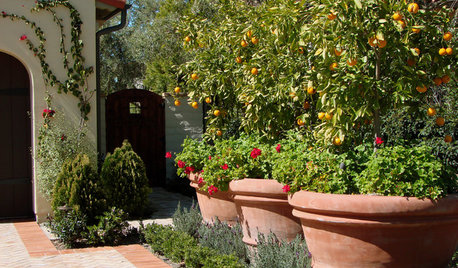
GARDENING GUIDESPick the Right Plant Pot to Flatter Your Landscape
To play matchmaker for your container garden and its surroundings, you've got to know all the materials and pick the right style
Full Story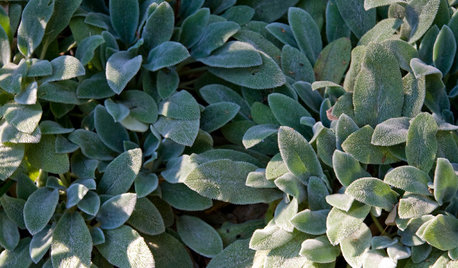
FOLIAGEThe Right Touch: 13 Soft, Fuzzy Plants for Gardens and Pots
Brush a hand on velvety foliage or fluffy plumes for a sensory garden experience beyond sight and smell
Full Story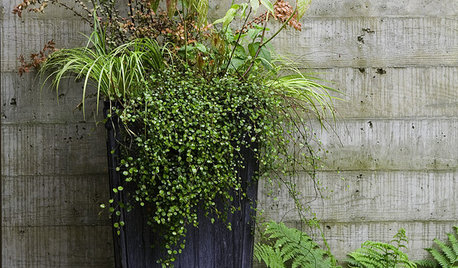
GARDENING GUIDESThe Secret Formula for Grouping Plants in a Pot
Designing a gorgeous container garden is easy once you know this simple rule of thumb for composition
Full Story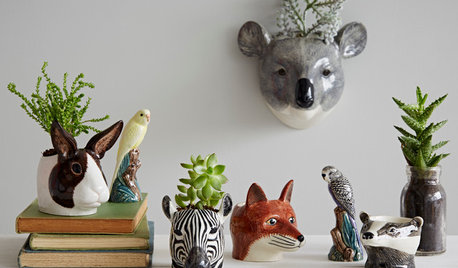
HOUSEPLANTS12 Potted Plants That Make Long-Lasting Holiday Gifts
A miniature conifer, blooming amaryllis or desktop succulent could be the perfect gift for someone on your list
Full Story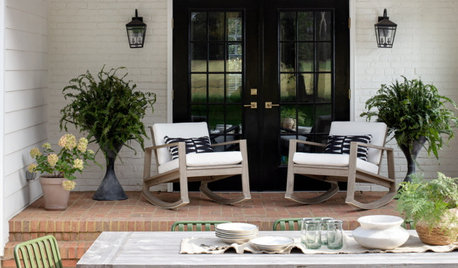
SUMMER GARDENINGHow to Water and Refresh Your Potted Plants Over the Summer
Keep container gardens looking lush by cooling them down when temperatures rise and by giving them a seasonal spruce-up
Full Story







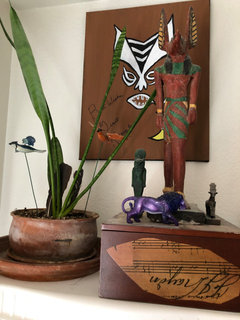
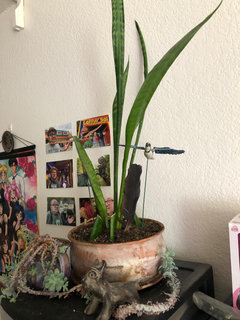



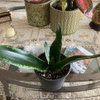

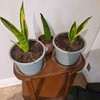
popmama (Colorado, USDA z5)